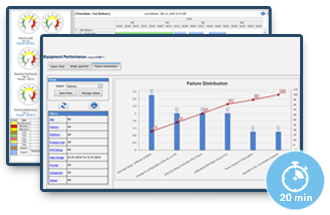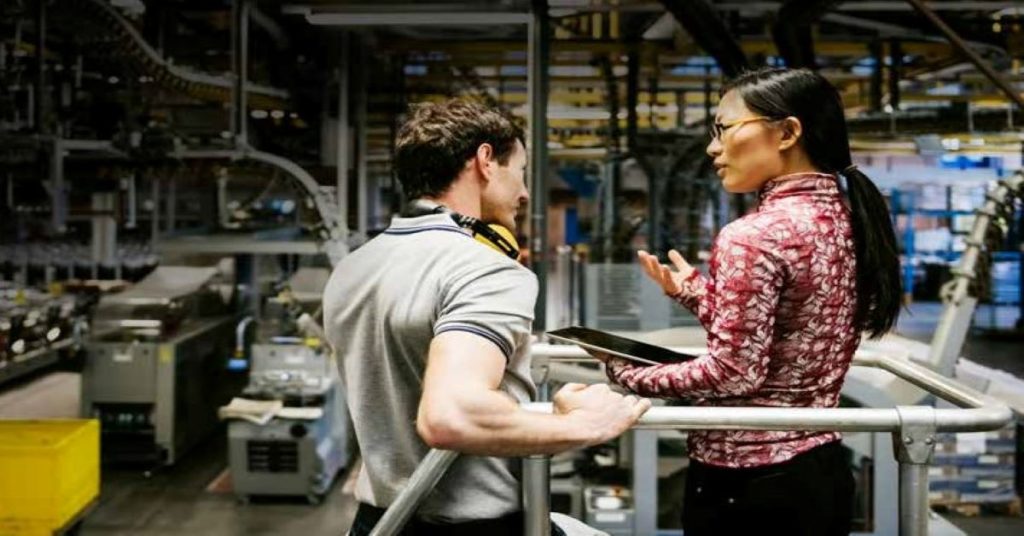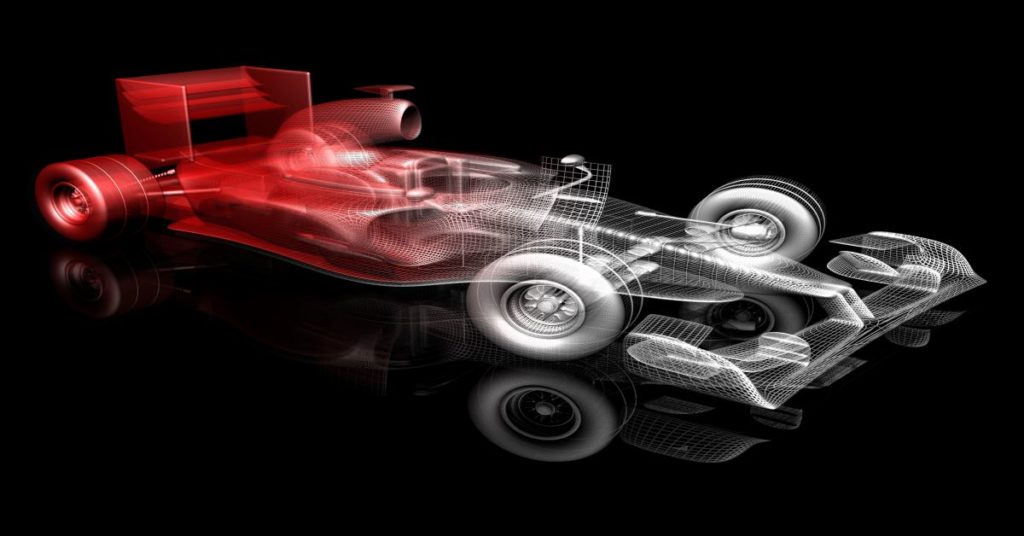

When I coached my children’s sports team I was always after getting my players to talk with each other more…or at all…during their games. Businesses have the same problem. What I found over time is the best teams and best players generally talked the most about what matters. On the ice, on the bench, in the locker room, in staff meetings, or in design meetings. They kept building and improving their stories about what it takes to win, including knowing how their team/organization operates to produce its objectives. They practiced embodying those narratives until they could execute in ways that produced new standards of performance for them and our teams. In business, Elon Musk would say these team members are operating with “chief” mindsets.
What Gets Talked About is Very Important!
The better the story, the better the results. Teams need to know what outcomes they are after in the game, in the period, on that particular shift. They need to speak and speculate building stories that help them notice or anticipate situations and what options are available to them in those situations to propel them towards a win. Coaches and teachers help them improve their stories and language so they are able to observe and act more powerfully in many different situations. They teach them first principles appropriate to their role. They help players train their bodies to perform because teams lose games when teammates don’t have the knowledge they are responsible for ready-to-hand so they can respond quickly to changing situations.
Old, Stale Language and Practices Constrain Performance
When I started coaching hockey I knew that the game was played differently from when I played. Those playing in the old style lost. I learned quickly the language had changed as well. Fortunately one of the parents on my first team played for the local NHL team. He helped out during the practices and games he could attend. I paid attention to the language he used and took notes when he spoke. I learned from him.
In business, we need to find equally capable leaders who can help us with the new language required to compete in the 4th Industrial revolution. We can’t win today’s games focused solely on efficiency. Focusing on efficiency produced competitive advantages in the last industrial revolution, not today. Speed and capability produce it today. The people who ran the company in those days designed all the practices and tools and operated them with large hierarchical organizations. No one was asked to think, just to do their processes and procedures. Work was organized in departments with each department operating like a machine in an assembly line, each person a cog in the wheel, pumping out work without any connection to the larger objectives of the business. Those models have proven to be too rigid and slow to compete today because of the current pace of change.
Teams Need New Language and Mindsets
Today the game is won with speed, capability, and low costs. To win, everyone needs to be able to contribute to success. They’ll need new language to be successful. In addition to being concerned with functional or department concerns and budgets, they need to be concerned with the way members of those departments coordinate to get products to market quickly with members of other departments. They’ll need to know their commitments, the commitments of the team and its individual members and they must work together to win. When they learn to move with fluidity and speed by anticipating each other’s actions they will transform from rigid to resilient. They need to start talking and they’ll need help with what to talk about. They’ll talk about and stay focused on:
-
The outcomes they are after producing and when
- Strategies and tactics needed to produce the outcomes on time
-
The knowledge they’ll need on the team
-
The tools the team will exploit
-
The trust that needs to be built and how they’ll build it
-
The risks and opportunities they’ll need to anticipate
-
The contingencies they’ll need to design
-
The practices they’ll use to manage and govern their team
Tools Need to Support New Ways of Operating, Not Anchor Teams in Old Habits
New tools and their exploitation is what produce industrial revolutions. Those who learn to exploit the new tools first win the game. The others lose. There is quite a bit at stake, which is why so many companies today are focused on “transformation” and have put Vice-President and C-level executives in charge of their initiatives. To compete today, tools must help teams see the big picture, anticipate risks, design contingencies, and coordinate actions across the team to win.
The third industrial revolution was driven by single-purpose tools like lathes, generators, accounting artifacts, and the like. These single-purpose tools wound up being the primary tool workers who were organized into functions or departments. The cultural habit of using single-purpose tools continued with the development of single-purpose software for project planning, tracking assets, maintaining assets, calibrating assets, budgeting, quality/lessons learned databases, etc. These tools are used inside functional departments charged with the tasks made obvious by the name of the tool. They reinforce the silos and reinforce old ways of thinking. They constrain talking. They make it difficult and costly to change. They add significant risk to transformation efforts and therefore business and personal success.
Scireo TRM, Enterprise Asset Management that Transforms
Our Scireo Accelerated Enterprise Asset Management capabilities and approach are unique in the marketplace. Scireo is transformative for asset management. It helps your teams avoid the grind caused by a lack of capability. We have all of the typical functionality you have come to expect of enterprise asset management solutions, but add three especially powerful capabilities that Connect, Power, and Accelerate your teams past your competition.
Scireo CONNECTS your team members with integrated workflows that bring transparency to equipment users, their customers, and support functions enabling them all to coordinate, cooperate, and share more quickly and easily.
Scireo POWERS your teams with contextual data and knowledge embedded in those workflows enabling teams to make better, faster, and more trustworthy decisions.
Scireo ACCELERATES their performance with algorithms that reduce organizational friction and drag in the workflows caused by costly and destructive behaviors.
Transform your assets into change agents with Scireo TRM
Use Scireo and “Asset Management 5.0” to accelerate the transformation efforts in your company. The ubiquitous presence of assets is a great untapped potential to establish or reduce the cost of maintaining the new cultural mindsets required to compete and win with speed and higher margins bringing fresh new products to market ahead of your competition.
Sente also helps your teams learn how to “use” our tools to produce the results you are after, rather than simply operating them in a way you might learn from an operating manual. Producing world-class results requires more than just knowing how to turn the power on or upload data. Sente has the knowledge to help your teams on their journey to speed, competitiveness, and Working Together, Better!
Request a Demo

See how Scireo TRM Software drops asset and support costs by 50% while accelerating time-to-market 2X.
Relevant Content
Increase Equipment Utilization, Dramatically Increase Speed
Increase Equipment Utilization: Test Operations are High-Leverage Targets Test’s ubiquitous presence in mission-critical engineering, manufacturing, and MRO processes makes it uniquely high-leverage as a focus for cost containment and process acceleration. It was hands down why one customer-selected test equipment operations as the place to focus. Focus in this area is why another customer delivered…
Are Your Teams Equipped For Speed? Accelerate With TRM Algorithms.
We are in a new age of competition that the World Economic Forum calls the 4th Industrial Revolution. New tools and technologies are enabling people to fulfill new and more competitive intentions ramping competitive pressures on everyone to move with speed and efficiency or risk failure. Incremental changes won’t work. They simply won’t be enough…
Equipment Utilization Case Study: Space Company Leverages Assets
The hoarding culture was slowing this company down while impacting cost and quality. See how a journey to common processes and collaboration lead to a 50% reduction in assets as their business doubled.
Case Study: Semiconductor Company Increases Test Equipment Utilization
This company had a leading market share and wanted to solidify its position with its strategic customers by installing test capabilities on their sites. See how a 40% increase in bench utilization funded the project.
Notable Quotes
“Sente’s TRM practices have made a significant measurable impact on our bottom line. Equally valuable to me is how they’ve contributed to my efforts to create a more collaborative environment in my engineering groups.”
Director of Engineering



